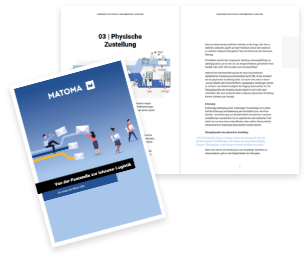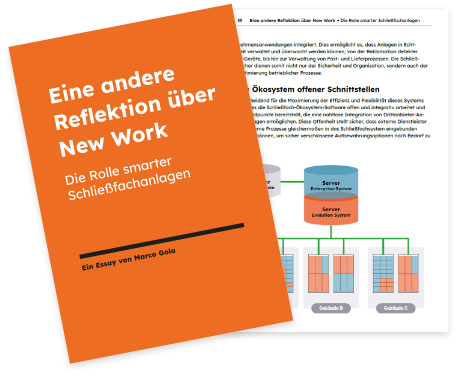Many names for one solution: NetLocker makes your locker system smart
There are many names circulating for the digitalization of lockers. Some call them smart locker systems or smart locker systems. Others simply call them digital locker systems. But what exactly makes a locker system smart?
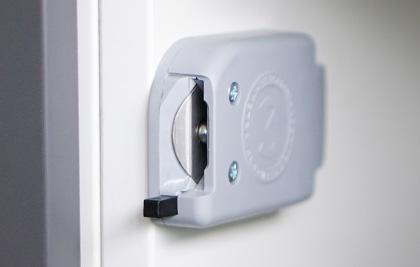
The locks

the Internet connection

the power connection
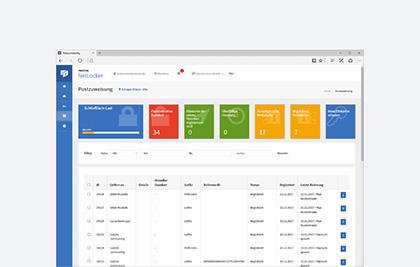
the software for locker systems
Use cases
In day-to-day operations, there are many use cases in companies that are increasingly dependent on smart concepts with digitally controlled access authorizations (or access permissions).
NetLocker offers a large number of application scenarios here. For example, people are granted access to certain compartments via specific authorization and application processes. NetLocker is a standard solution developed in Germany.
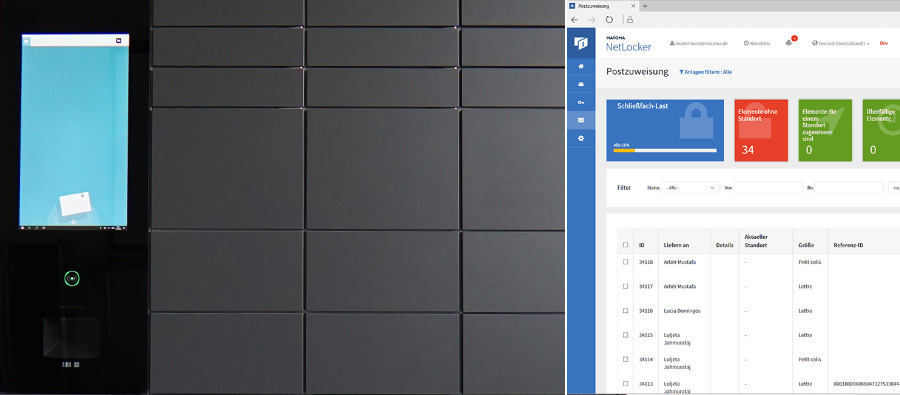
Smart locker systems become an interdisciplinary infrastructure that, depending on the application, runs the corresponding stored processes and provides the players with targeted information and access rights.
NetLocker controls the rule-based opening of electronic locks.
Mail distribution in the company is often a permanent basic utilization of a digital locker system. In addition to mail distribution, the system can also be used as a handover point for important documents, as an issue point for resources and consumables or as a key management system.
The principle is always the same:
An employee identifies themselves at the system using their employee ID card. Different processes can then be triggered according to the stored authorizations:
The advantages of a smart locker system – dynamic and asynchronous
Dynamic
A digital locker system or smart locker system requires fewer compartments than conventional systems. This means that it often only requires 30% of the space previously used. Software controls locker allocation dynamically and in real time. The service therefore takes into account which locker is occupied for which application or which locker is available for the next ‘booking’.
Asynchronous
Compliance and data protection requirements stipulate that documents, letters and parcels should be delivered securely within the company and without unauthorized access by third parties. Until now, such physical handover processes have always been synchronized. This means that both people must be in the same place at the time of handover in order for the handover and therefore the transfer of responsibility to take place securely. This is no longer necessary with smart locker systems. The important document or the object to be handed over can be placed in a locker at any time. The contents of the compartment are then only made accessible to the addressee at a later time. The handover is logged with a time stamp.
Notifications provide clear information
The notification service informs all persons involved about the status of the object. This means that everyone knows where and in which status the object is currently located and which person is responsible. You can use the notification setup to manage all desired notifications. The system notifications can be sent either by e-mail (standard), SMS or Messenger.





